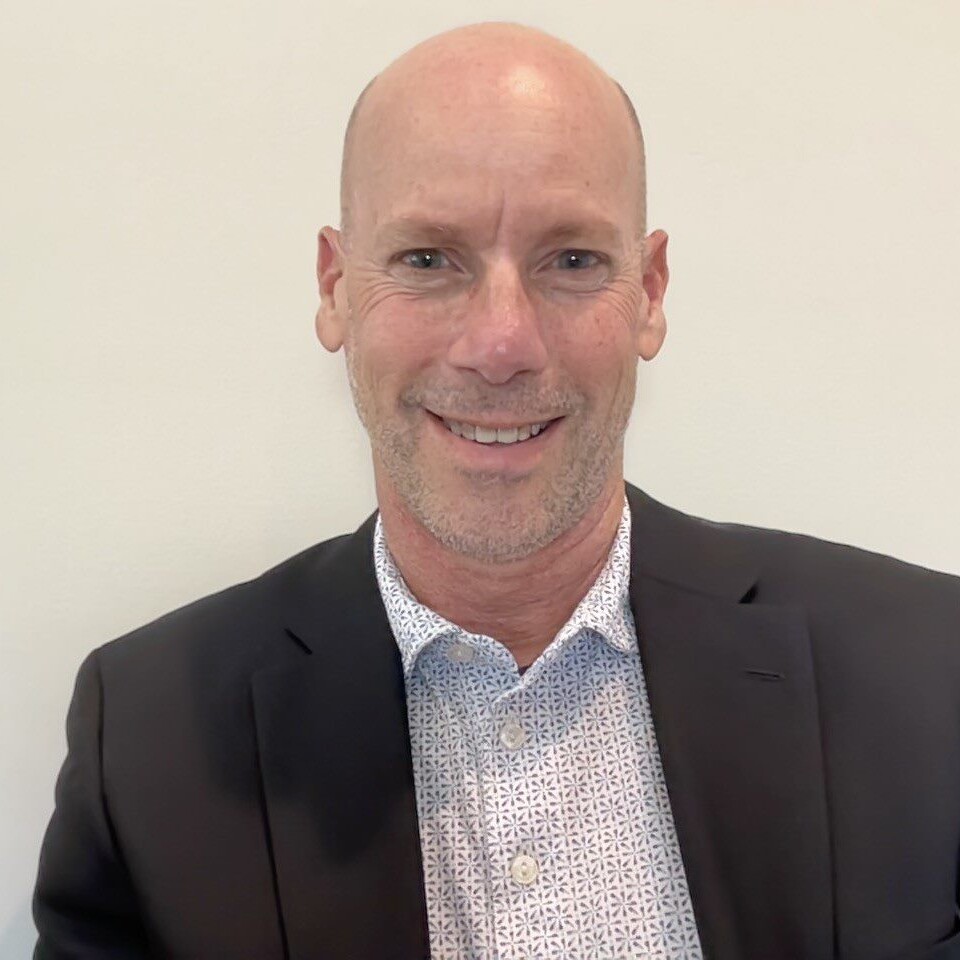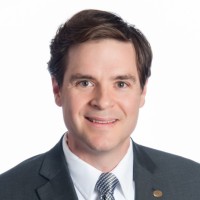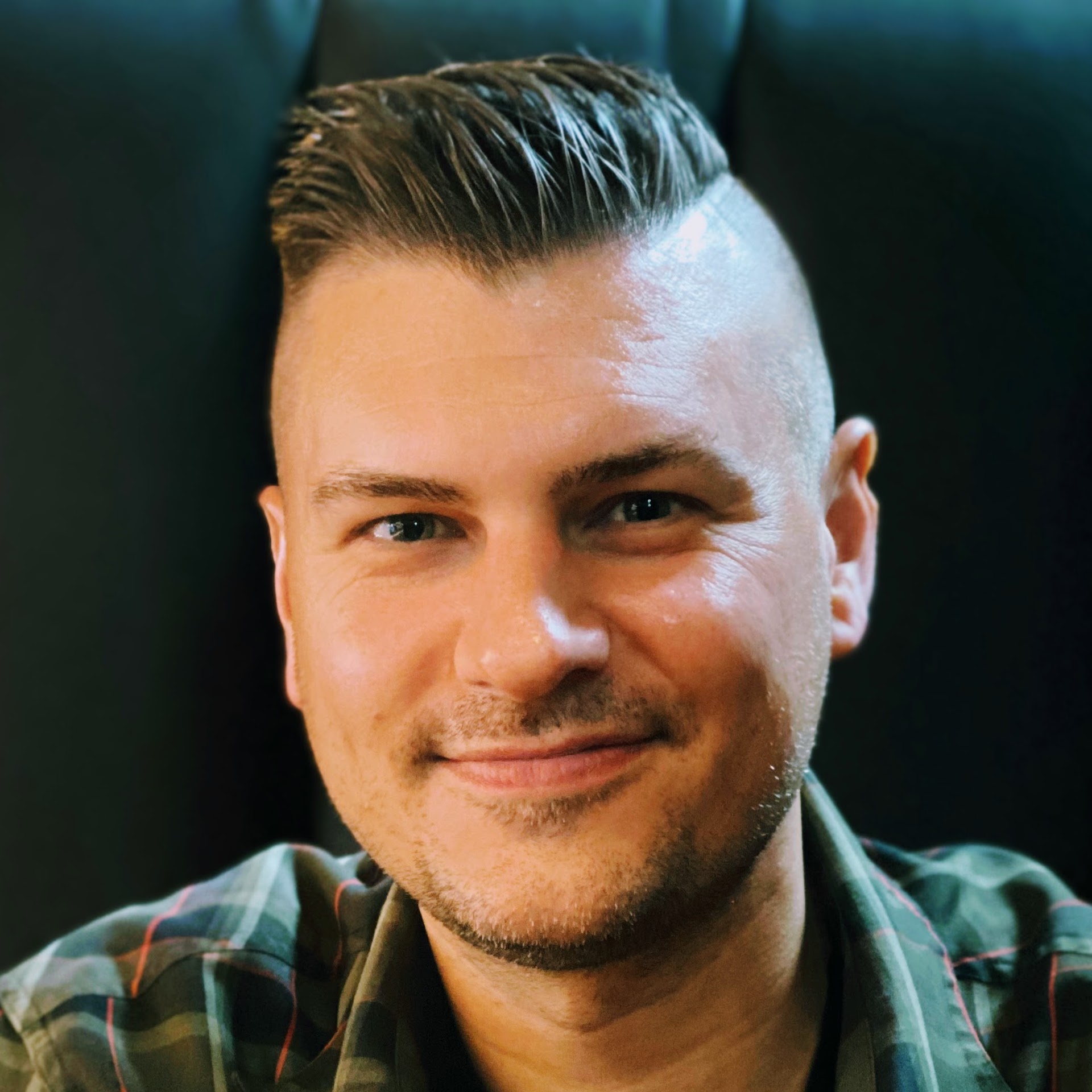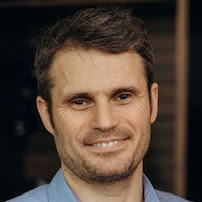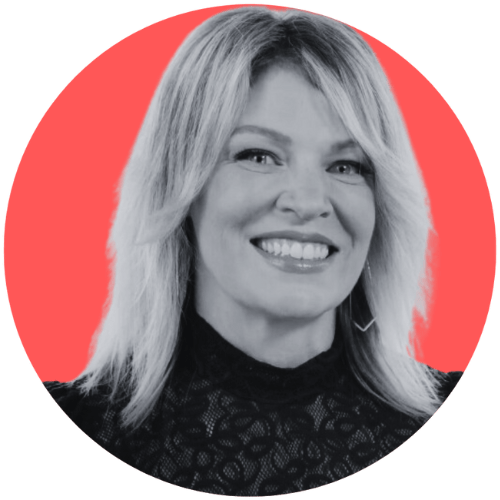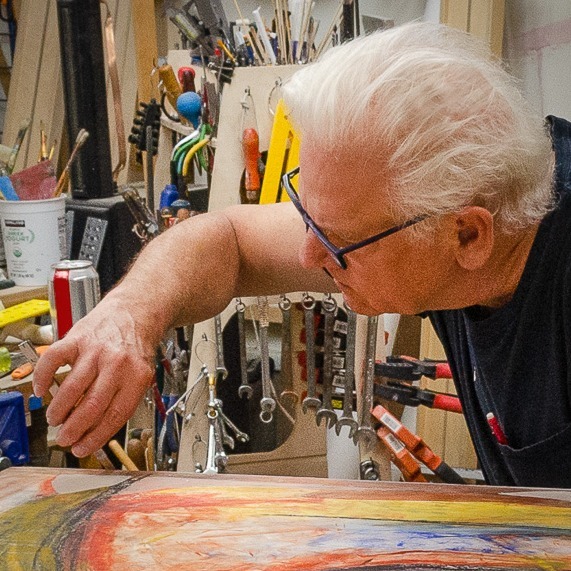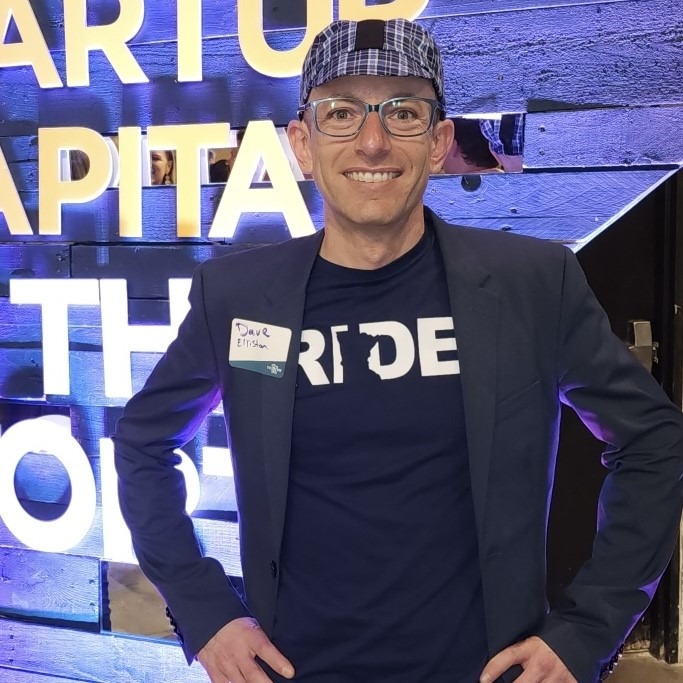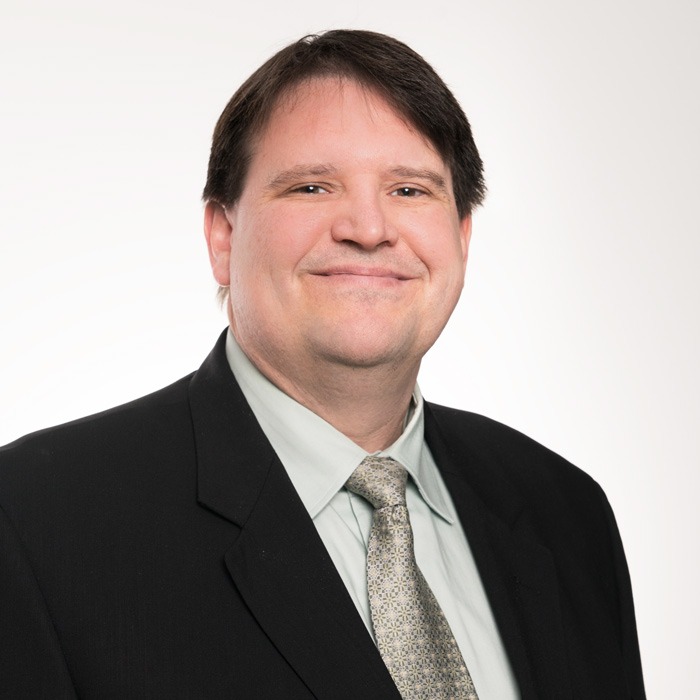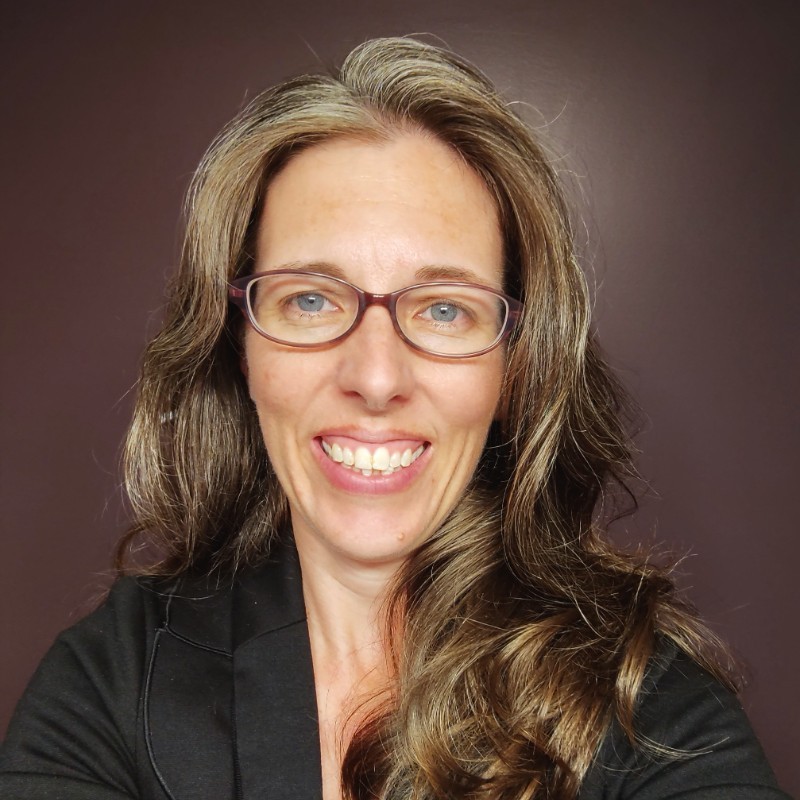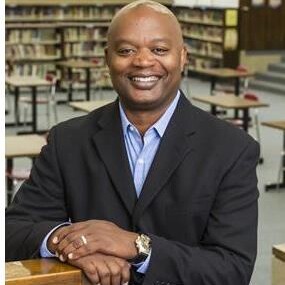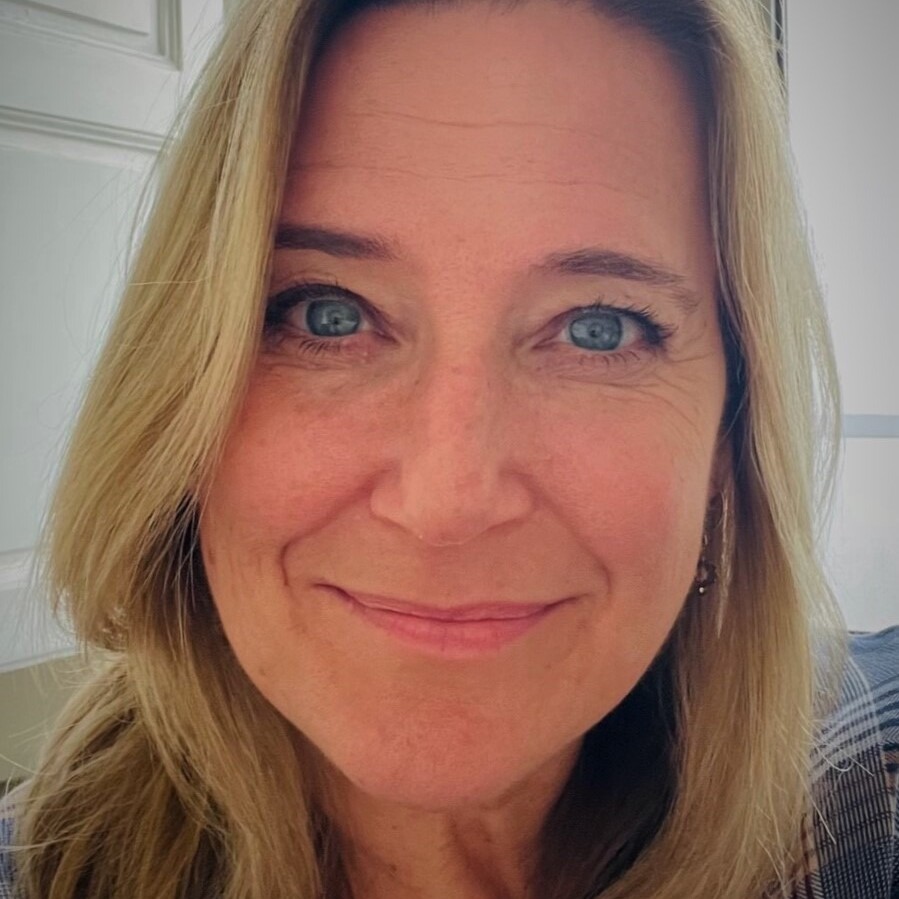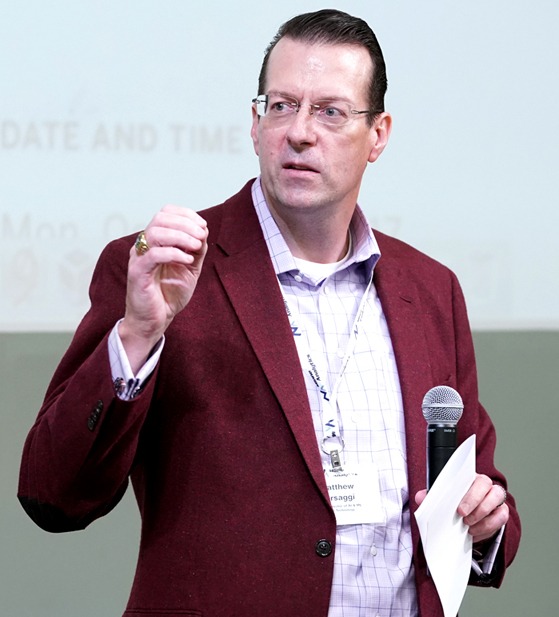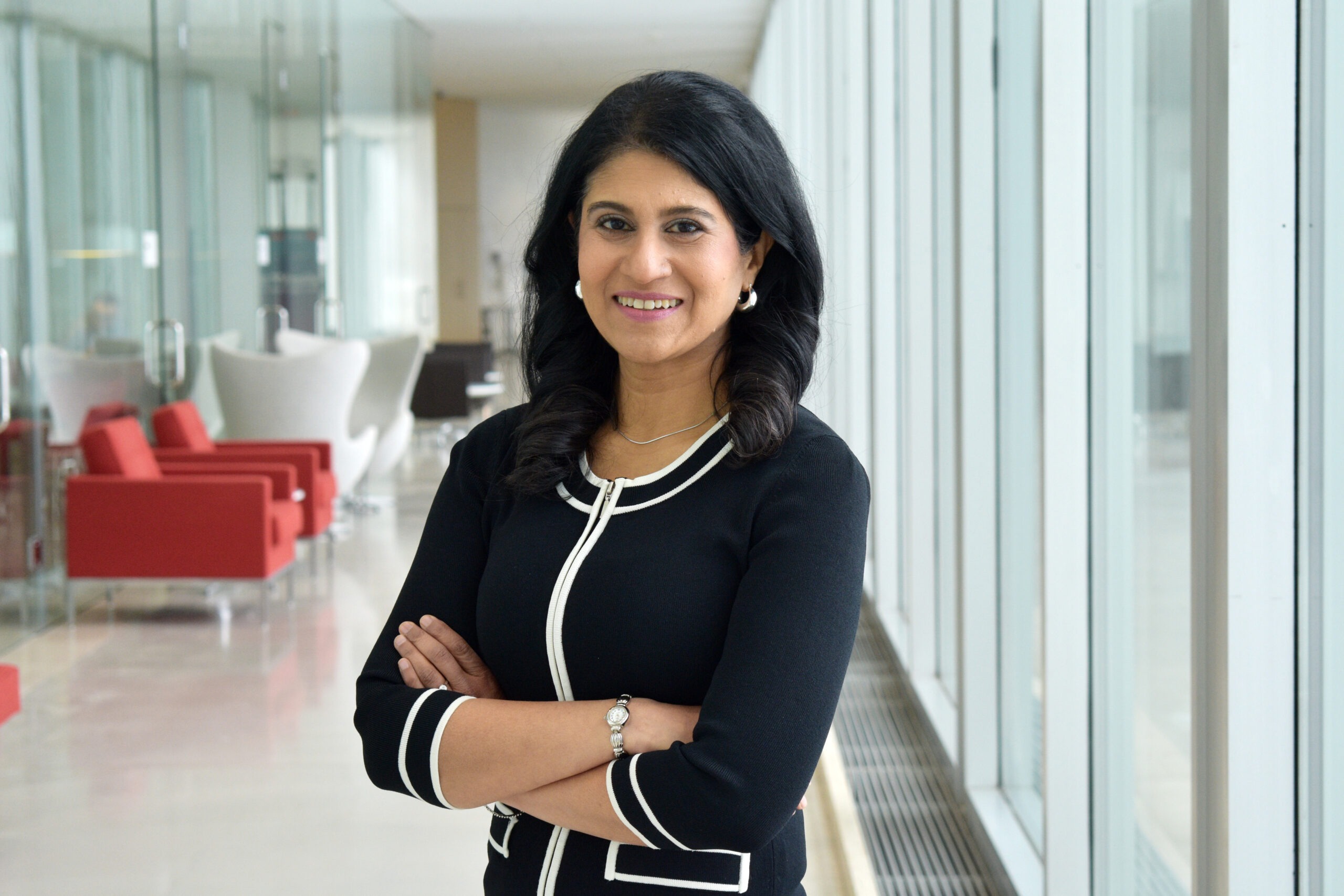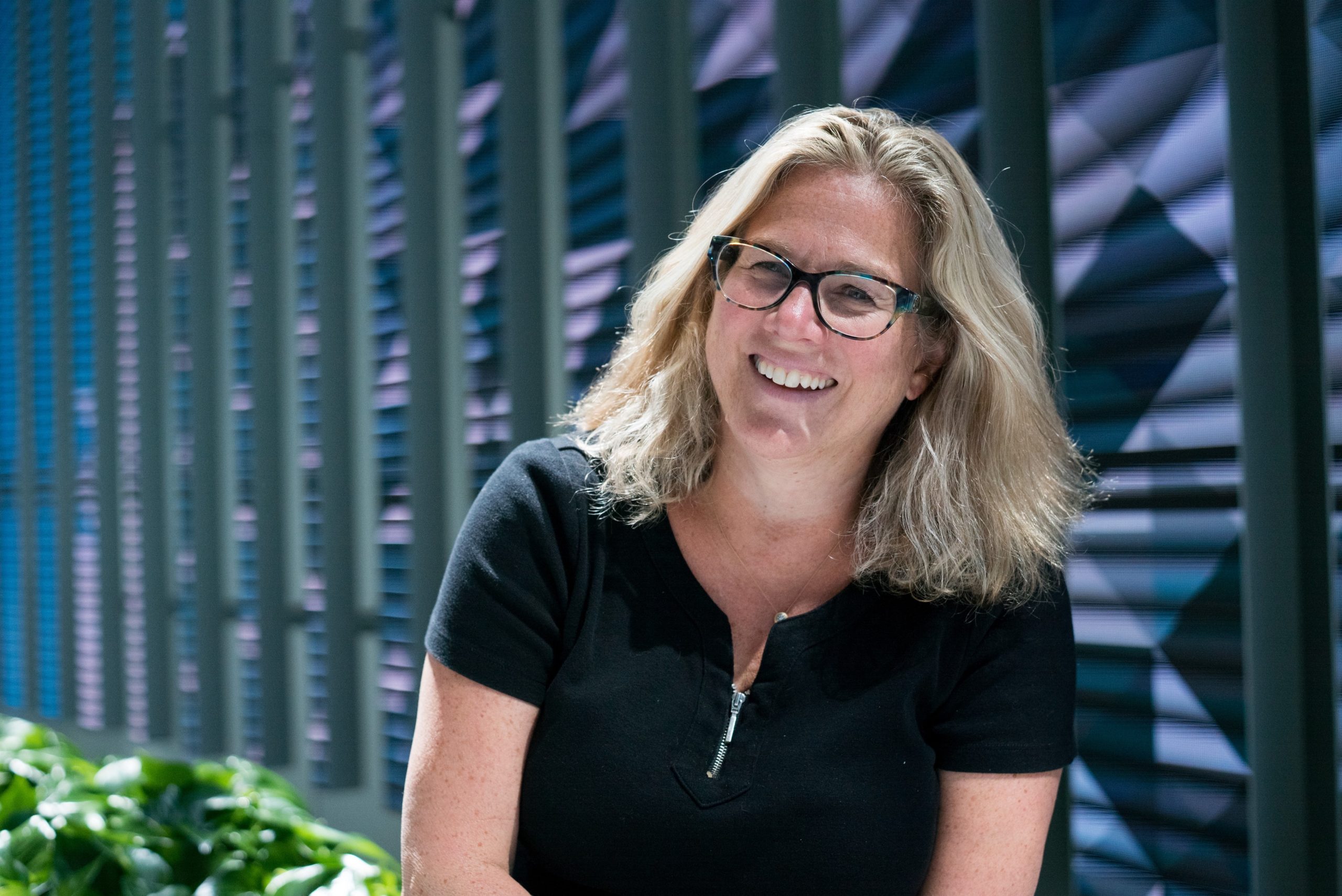On Sept. 23, MnTech will host Tech Connect, a half-day virtual conference showcasing ways technology is enabling Minnesota’s businesses. The event features more than 50 speakers across industries, describing ways they use technology to better serve customers and grow their businesses. Meteorologist, author and entrepreneur Paul Douglas will speak about how businesses use weather data and AI to improve outcomes. Here’s a preview:
How does climate change affect business operations and profitability?
Douglas: A warmer, wetter climate is sparking more extreme weather outbreaks worldwide, which disrupt operations, logistics, transportation and staffing. An uptick in inland flooding, coastal flooding, extreme heat and wildfires is already impacting insurance rates and corporate reinvestment strategies. Companies of all sizes are gauging climate risk for their specific business footprints and use cases, making the changes necessary to keep staff, vendors and customers safe and ensure a consistent ROI, no matter what Mother Nature throws at us.
How can technology take some of the risk and uncertainty out of climate volatility?
Douglas: Higher-resolution regional climate models help analysts track the trends and make predictions with a higher degree of confidence and accuracy. The challenge is finding the most recent, relevant climate research and localizing the implications for specific business objectives, setting expectations for executives planning expansion, siting of new facilities and retrofitting existing operations to become more climate and weather-resilient.
My newest Twin Cities based company, Climatrends, is on the leading edge of climate consulting, levering high-resolution models, climate scientists and best practices to create climate scenario analyses and predictions of future trends. We also identify how shifting patterns will impact specific business operations in the decades to come. This is coupled with TCFD (Task Force on Climate-Related Financial Disclosures) to create financial risk disclosures for use by banks and companies, both public and private, who have a fiduciary obligation to disclose climate-related information to investors.
What are you predicting for the long-range weather forecast this fall?
Douglas: We will probably have a super-sized summer, with 90s extending into September, looking at how the patterns are setting up this year. During an average summer MSP experiences 13 days of 90-degree heat. At the rate we’re going we could easily experience double that number. Thanks to a warming climate, fall warmth often extends well into October. I would bet a half-eaten State Fair corndog that our fall will be milder than average. At this point I’m more concerned about late summer and fall drought, which is already showing up for parts of Minnesota.
What are some examples of Minnesota companies using technology to be more weather resilient?
Douglas: From the Fortune 500 down to the newest tech startup, companies are leveraging the environmental data and imagery produced by AerisWeather to power some of the most advanced and innovative products and services in the marketplace today.
- Farm Management software systems, like Twin Cities-based Conservis, are using current and predicted API data streams to optimize agricultural operations, with weather very much top of mind. All weather is local, and predictions of flood, drought and extreme heat can impact which strains of crops are planted, and what pesticides and fertilizers are required to optimize yields.
- Food delivery services, like Hello Fresh and ButcherBox, use AerisWeather data APIs to make sure produce is transported efficiently with high consumer satisfaction, even during a blistering heat wave.
- Continuity applications help businesses such as Wells Fargo and NextEra Energy minimize severe weather risk to facility assets and employees in the field.
- Trane and Accelerated Innovations are monitoring & optimizing energy consumption in commercial buildings and homes, using weather conditions as a key input to their algorithms.
- Polaris has baked our weather data into apps that support their communities of snowmobile, ATV and motorcycle enthusiasts.
You’re obviously going to be comfortable with the video format of Tech Connect after your years as a TV meteorologist. What tips do you have for attendees who are having to connect and network through the camera?
Douglas: Resist the urge to doze off during my presentation. Have a few energy drinks or (iced) coffees ready to go. Staring at a screen is obviously a different experience than attending an in-person event. You don’t get the face-to-face connection or body language that can make a talk three dimensional and extra-memorable. But used effectively these remote, collaborative links can still result in insight, collaboration and creative ideas that add value for any company.
Covid-19 is forcing all of us to pivot, improvise, and find new ways to delight our customers. Streamlining messages for virtual conferences goes a long way. That, and great visuals that support your message. I don’t have the answer key, but get a bunch of smart people in a room (or a virtual call) and magical things can happen!
See Paul Douglas at MnTech’s Tech Connect event Sept. 23. Registration is free for employees of MnTech member companies and $50 for all others.

